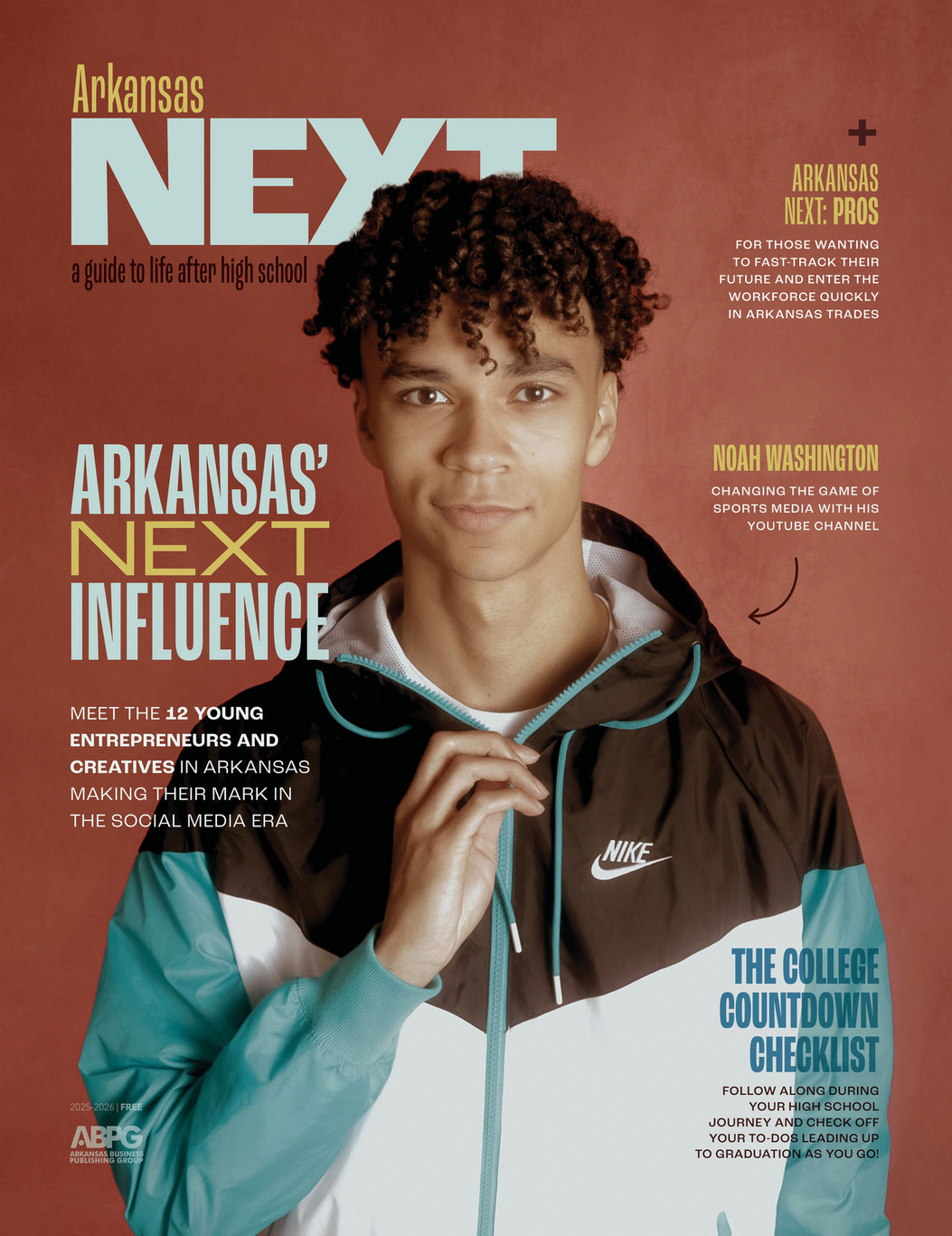How to Create a Budget
By Beth Dedman on Thursday, March 20, 2025
As you gain more experience throughout your career, you can negotiate for higher salaries. However, when you are first starting out in your field, you will be earning an entry-level salary, which tend to be on the lower end of the spectrum of pay.
Dana is starting her first job as a copy editor and she is making about $30,000 a year. She is 22, single and lives in a one-bedroom apartment not too far from her job in downtown Little Rock. After withholdings are taken from her paycheck (see How to Read Your Paycheck), she has about $2,000 of take-home pay every month.
Before Dana can determine what money she can spend on groceries, savings and fun, she needs to determine her fixed monthly expenses. These are expenses that she must pay every month at roughly the same amount.
This is what she put under that category:
| Rent | $750 |
| Electricity/Gas | $100 |
| Internet | $50 |
| Phone | $35 |
| Renters Insurance | $25 |
| Health/Eye/Dental Insurance | $120 |
| Gym | $25 |
| Downtown Parking Pass | $40 |
| Student Loan | $50 |
| Total | $1,195 |
Until the age of 26, children can stay on their parents’ health insurance. However, if your parents do not have health insurance, that is an additional expense that you will need to account for. You never know when you will need health insurance and it is better to pay for insurance than it is to have to take on an entire hospital bill by yourself. Most employers will offer a health care plan that they can deduct from your paycheck.
Dana has $805 after her fixed expenses.
Now, she must determine how much she needs to spend on variable expenses. These are necessary purchases that can fluctuate from month to month. Let’s look at Dana’s expenses for this month:
| Food | $200 |
| Gasoline | $50 |
| Hygiene | $50 |
| Total | $300 |
That leaves $505 for Dana to save and spend.
Most financial advisers would recommend that you save about 10% of your money, and put away an additional 10% toward retirement.
That’s 20% of Dana’s total monthly income, for a total of $400 saved. This may seem like a lot, but, as we learned with the COVID-19 pandemic, unanticipated emergencies can put you in a financial hard spot. People who had no savings were hit the hardest when massive layoffs swept through the workforce. Building up an emergency fund that could take care of three months of expenses is highly recommended.
After all of her budgeting, Dana has $105 left over for spending on things like clothes, subscriptions to streaming services, nights out and Venti cups of coffee. That’s only $26.25 a week.
Do you see how quickly you can run out of money after you pay for all of your necessities? This is why having an accurate account of your spending totals every month is an important part of keeping yourself living within your means.
Want to calculate your own budget?
1. Figure out how much income you have (after withholdings)
2. Subtract your fixed expenses
3. Subtract your variable expenses
4. Subtract the amount you plan to save
5. What is left is your spending money
Did you know that many people living with a disability couldn’t save more than $2,000 without losing their disability benefits? Now with an Arkansas ABLE account, they can! Learn more here.















